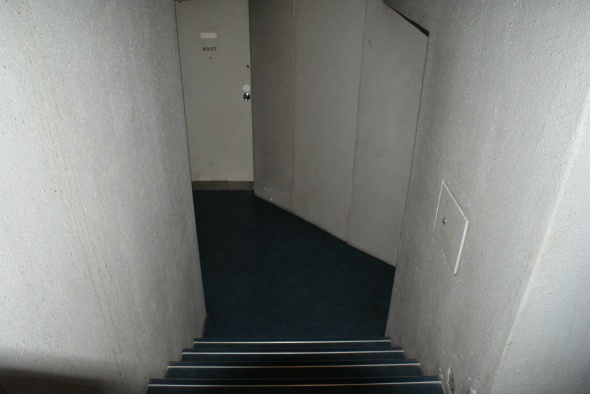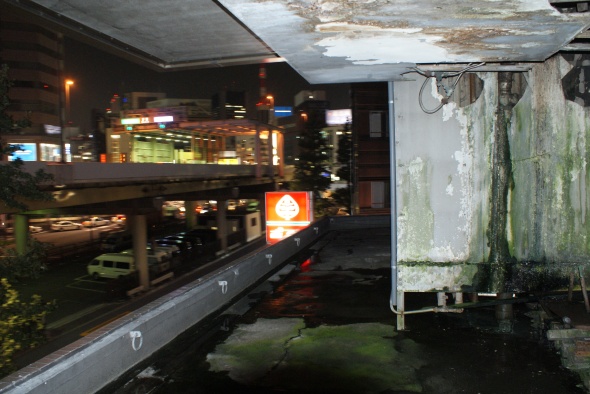Case study to Reality
As an architecture student I have become accustomed to studying buildings through a set of glossy images intended for mass consumption. Architecture becomes nothing but a timeless moment recorded forever in history. If a picture is worth a thousand words, those words can become exhausted over time. In a case study we attempt to dig deeper than the images put in front of us. We sift through plans, sections, articles, and any other relevant information available in order to gain a better understand of the projects place in the world. We attempt to attack the project critically, yet the majority of our research tends to shy away from the fact that as an architectural piece in the world, the building will eventually decay and live passed its expected lifespan. The Google earth pan through and the dated photos fail to give insight to those questions regarding the lifespan and current state of the projects in question.
Once on site I was immediately hit with a feeling of deja vu. I had seen the structural systems in detail, the circulation, the architects intentions. I have rotated through 3d models and have sceen rendered views of every angle imaginable. I felt like i knew the building before stepping inside. So into the the door we went. A quick left led us to the circulation core of the north tower. Up to the 9th floor.

Everything i had imagined was misguided, I had seen aging from the exterior but within the core of the building the neglect was apparent. Under lit hallways, leaking doorways, flooded balconies. Winding down the building it dawned on me that even a piece of architecture that is held in high esteem must meet its end. Eventually it must be taken down to make room for newer ideas and construction.
 The ideas proposed in a piece of architecture might never be forgotten but there comes a time when a building must be replaced.
The ideas proposed in a piece of architecture might never be forgotten but there comes a time when a building must be replaced. 
_Josh

